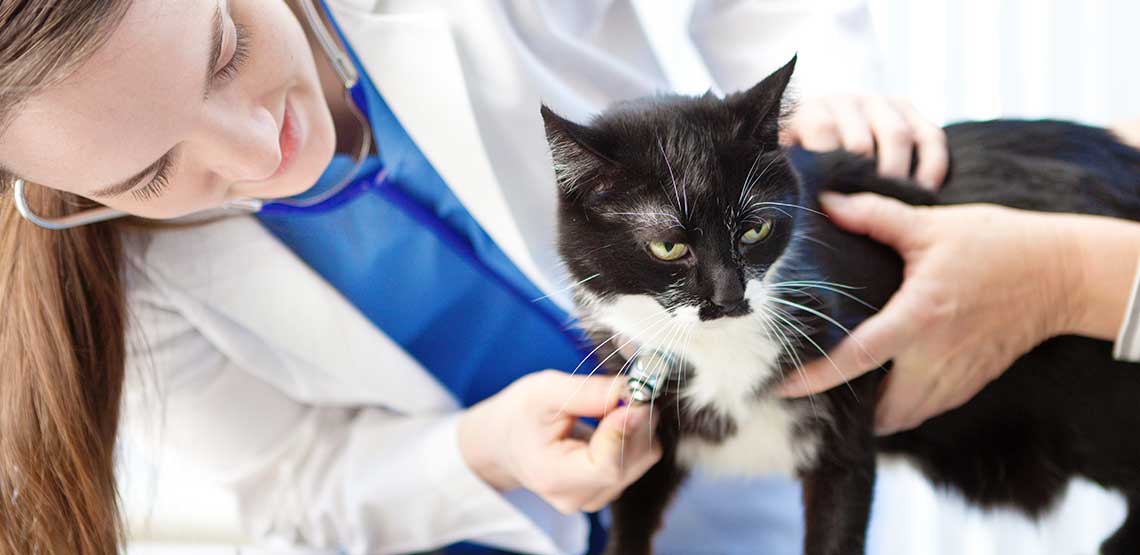Feline Distemper Symptoms and Treatment
Feline panleukopenia, also known as feline distemper, is caused by a highly contagious, life-threatening virus. Kittens and unvaccinated cats are susceptible to the virus, and virtually all cats will come in contact with it at some point. The disease can be mild to fatal and is easily preventable with regular vaccinations.
What is FPV?
Feline panleukopenia virus (FPV) is a parvovirus. It is the progenitor of the well-known canine parvovirus, but they are not exactly the same. Parvovirus is simply a term given to a type of virus that has a single strand of DNA. Feline parvovirus is more lethal than its canine counterpart. FPV is found everywhere and is exceptionally sturdy, making it difficult to eliminate from the environment. It can survive for years in a home and is undeterred by most disinfectants. The disease is spread through contact with infected surfaces and usually enters through the cat's mouth.
What are feline distemper symptoms?
At the onset of infection, the virus impacts the lymph nodes, bone marrow and intestine. It attacks the production of white blood cells in the bone marrow causing a drastic drop in the white blood cell count. This is where the name of the virus comes from: pan (all) leuko (white) penia (deficiency). White blood cells are responsible for fighting infection, so the cat's immune system becomes seriously compromised without them and cannot contend with the other symptoms.
You May Also Like:
Related Search Topics (Ads):
Diarrhea and dehydration develop from the virus' attack on the intestine. Other symptoms include fever, vomiting and loss of appetite. A cat may appear hunched with abdominal pain and may not be able to drink water. A diagnosis is made with blood work showing leukopenia (diminished white cells) and confirmed by testing a fecal sample for the presence of the shed virus.
A kitten can be infected in utero by its mother. If it happens early in the pregnancy, the kitten will be aborted. If it happens later in the pregnancy, the kitten may survive the birth, but it will typically suffer from cerebellar hypoplasia syndrome, a type of permanent brain damage affecting balance and movement.
How is it treated?
A cat with FPV needs to be medically supported until the white blood cell count returns to normal, usually in about a week. Fluids are administered to counteract dehydration and antibiotics are used to combat secondary infections caused by the compromised immune system. Without intervention, most cats will not survive. Those that do survive usually have no lasting problems and will have lifetime immunity from the disease.
How is it prevented?
Feline panleukopenia is effectively prevented by a routine feline distemper vaccine. Usually a series of two to three vaccines are given to the kitten, with the last one occurring after 14 weeks. A yearly booster is sufficient after that. This vaccine should be given to indoor and outdoor cats since FPV is found everywhere.

